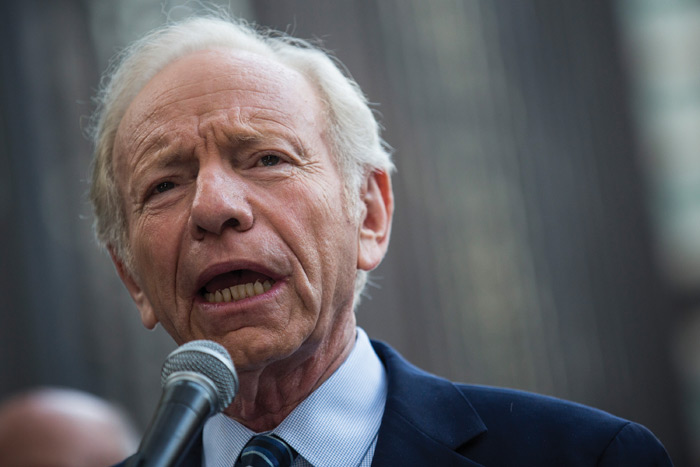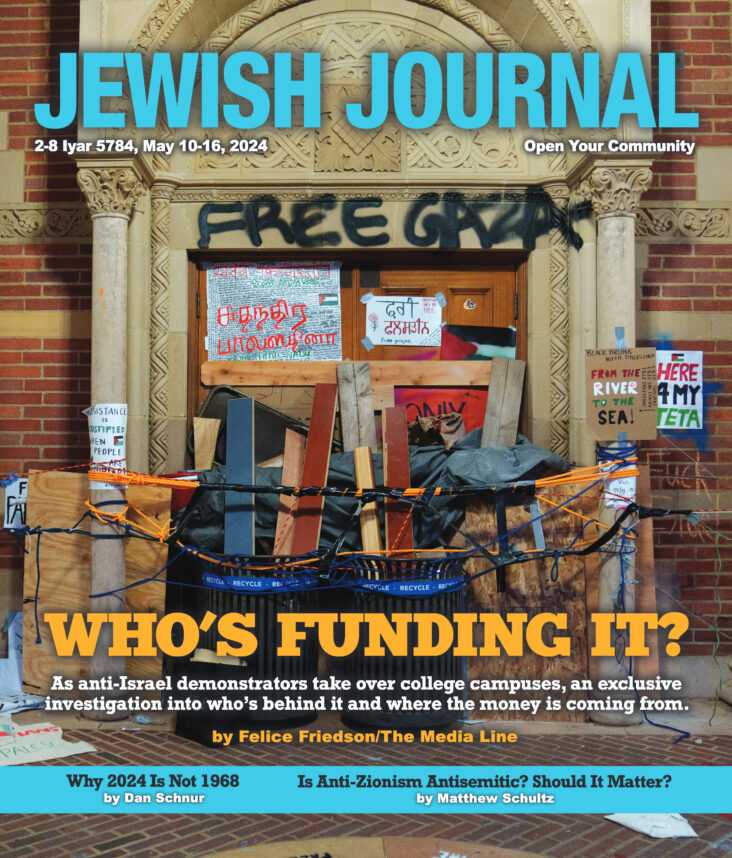This article first appeared in New Voices Magazine on Thursday, April 22.
Lose your synagogue, lose your rabbi, go to a church basement and start singing payers in Hebrew—whether you understand it or not. There you will find yourself.
This is the thesis of Rabbi Elie Kaunfer’s “Empowered Judaism,” which advocates for and analyzes the effect of independent minyanim, or prayer groups. Volunteer-led and unaffiliated with any denomination, most independent minyanim observe traditional halakha while supporting progressive ideas such as gender equality and openness to the queer community.
Kaunfer says that independent minyanim can transform and save American Judaism. He observes that the traditional synagogue structure does not speak to unmarried Jews in their 20s and 30s and that independent minyanim offer a spiritual product that keeps the post college population in Jewish life by making observance relevant.
The book does not, however, explain the larger implications of that transformation: there is little discussion of congregants’ Jewish observance, and although Kaunfer discusses existing Jewish institutions at length, it seems as though he is more interested in building up the independent minyan movement tha n he is in investing energy to fix synagogues. He has little faith that the Jewish community that others have built can serve the next generation.
Kaunfer constructs a model of the successful independent minyan using Kehilat Hadar, which he cofounded in New York in 2001. The traditional Jewish prayer service is key to that model: Kaunfer discourages cutting prayers or the torah reading, and asserts that a richer service leads to a richer Jewish experience. He instead advocates making traditional liturgy more efficient, cutting out the “dead time” transitions and shortening the sermon.
Much of the book reads as a how-to guide for setting up and running one’s own independent minyan. Aside from passages in the first and last chapters, Kaunfer eschews broad ideas and focuses on details for running an effective meeting, soliciting donations, identifying appropriate prayer leaders and other such logistical concerns.
As a result of its focus on leadership, the book provides few entry points to the movement: it has little to say about what independent minyanim expect from their participants or how someone interested in such minyanim can get involved, aside from finding information on Kehilat Hadar’s website. Kaunfer also assumes that readers are familiar with Jewish prayer, tradition and law; he includes a glossary, but his target audience has had some formal Jewish education.






















 More news and opinions than at a Shabbat dinner, right in your inbox.
More news and opinions than at a Shabbat dinner, right in your inbox.